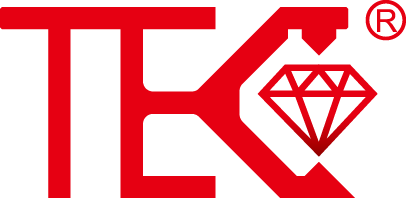MagnetostrictiveSensorsforContinuousLiquidLevelMeasurement
Understanding Magnetostrictive Technology for Liquid Level Monitoring
Magnetostrictive sensors represent a sophisticated approach to continuous liquid level measurement in various industrial applications. These advanced devices utilize the magnetostrictive principle, where a ferromagnetic material changes shape when exposed to a magnetic field. This physical phenomenon enables highly accurate and reliable level detection across numerous processing industries, from chemical plants to storage facilities. The technology's inherent precision makes it particularly valuable in applications where minute level changes must be monitored consistently.
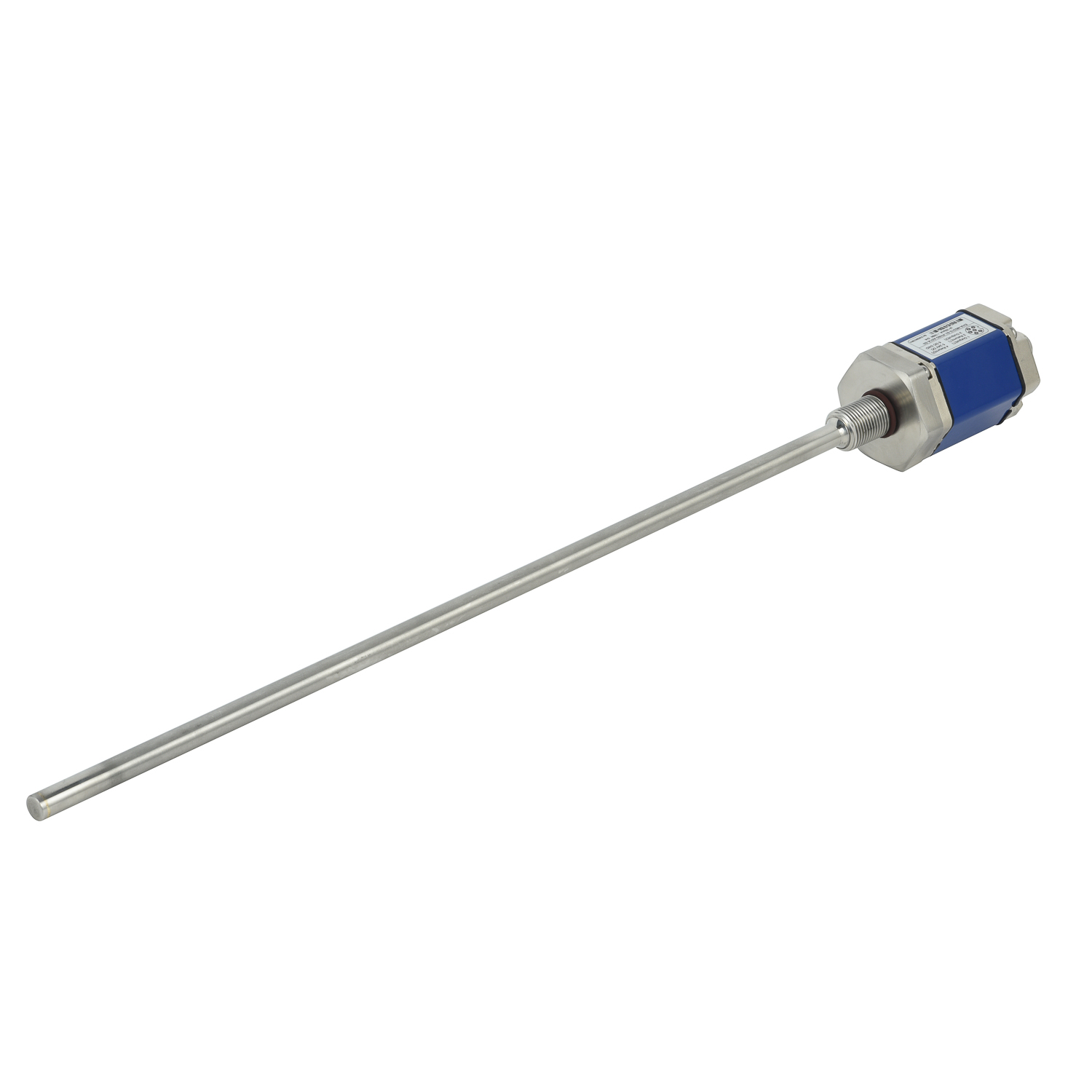
How Magnetostrictive Liquid Level Sensors Work
The operational principle of magnetostrictive level sensors involves a clever interaction between magnetic fields and mechanical waves. A current pulse sent through a waveguide wire generates a circumferential magnetic field along its entire length. Simultaneously, a permanent magnet housed within a float moves along the waveguide, corresponding to the liquid level. When these two magnetic fields interact, they create a torsional stress wave that travels along the waveguide at ultrasonic speeds. The time difference between sending the current pulse and detecting the returning stress wave precisely determines the float position, thereby measuring the liquid level with exceptional accuracy.
Key Advantages in Industrial Applications
Magnetostrictive sensors offer numerous benefits that make them superior to traditional level measurement technologies. Their non-contact measurement principle ensures minimal wear and extended operational lifespan, while providing resolution capabilities down to micrometers. These sensors deliver remarkable accuracy, typically within ±0.05% of full scale, with excellent repeatability for consistent performance. The technology demonstrates exceptional resistance to temperature variations, pressure changes, and aggressive media, making them suitable for challenging industrial environments. Furthermore, their continuous output capability enables real-time monitoring and precise process control.
Implementation Considerations for Optimal Performance
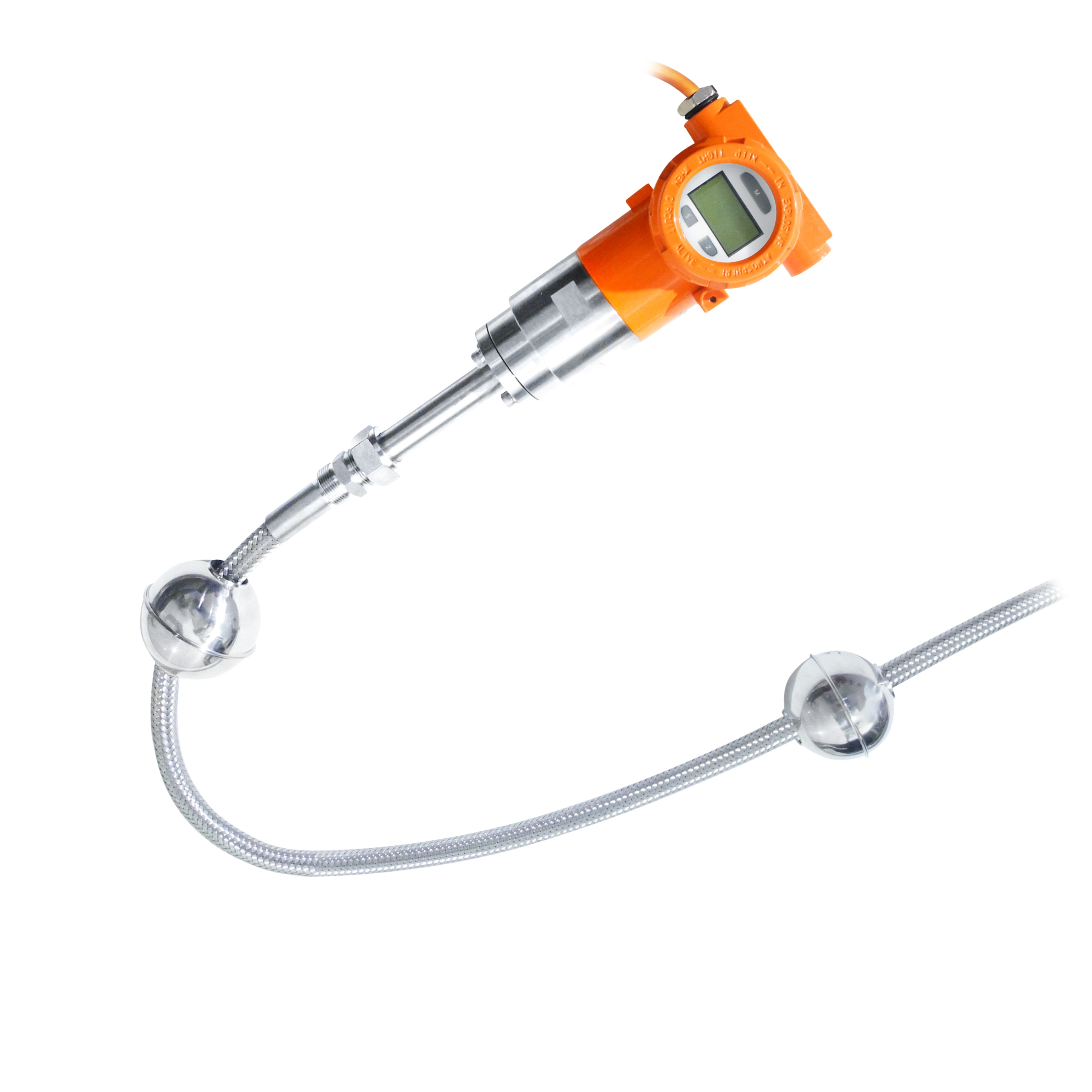
Successful implementation of magnetostrictive level sensors requires careful consideration of several factors. Proper sensor selection must account for specific process conditions including temperature ranges, pressure requirements, and chemical compatibility with the measured liquid. Installation positioning should avoid areas with excessive turbulence or potential for material buildup. Regular calibration and maintenance protocols ensure long-term accuracy, while appropriate housing selections protect the electronics from environmental factors. Understanding these implementation aspects maximizes sensor performance and reliability in continuous level measurement applications.
Future Developments and Industry Trends
The evolution of magnetostrictive sensor technology continues to address emerging industrial demands. Recent advancements include enhanced digital communication capabilities through protocols like HART, Profibus, and Foundation Fieldbus. Manufacturers are developing more compact designs with improved resistance to extreme conditions, while integrating smart diagnostics for predictive maintenance. The integration of IoT capabilities enables remote monitoring and data analytics, paving the way for Industry 4.0 applications. These developments ensure magnetostrictive sensors remain at the forefront of precision level measurement technology.
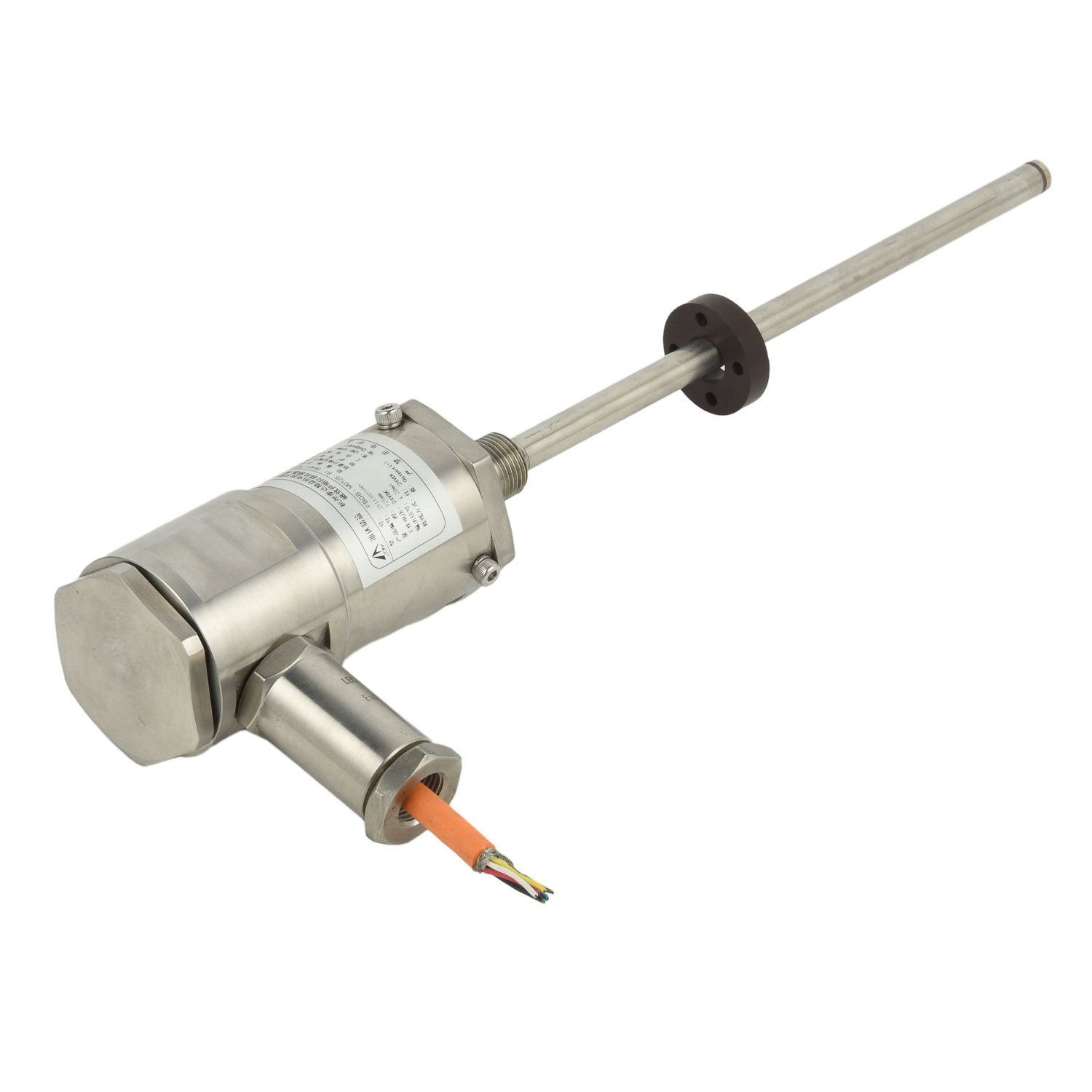 UpgradingYourLevelMeasurementS
UpgradingYourLevelMeasurementS
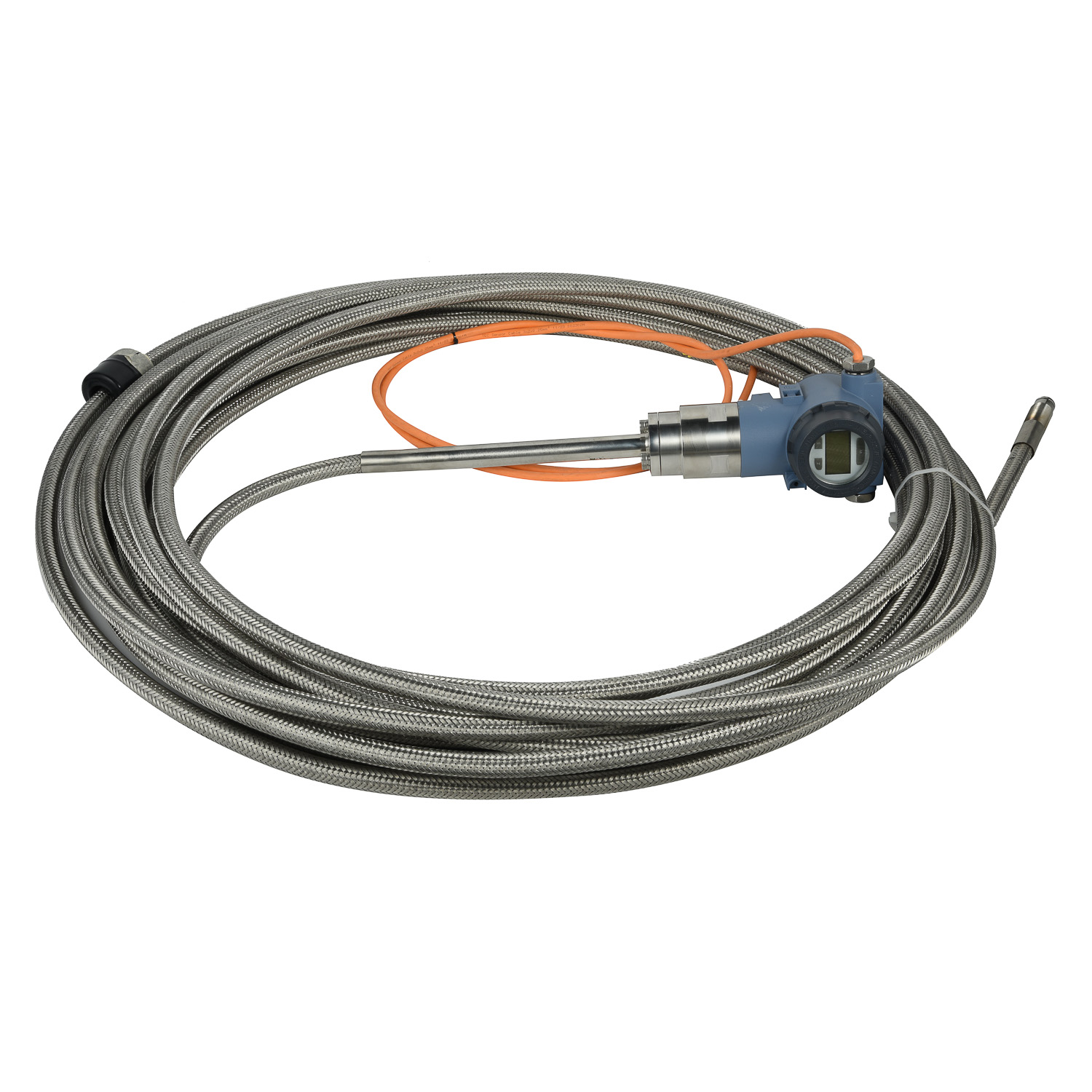 Why are magnetostrictive level
Why are magnetostrictive level
 ComparingMagnetostrictiveandRa
ComparingMagnetostrictiveandRa
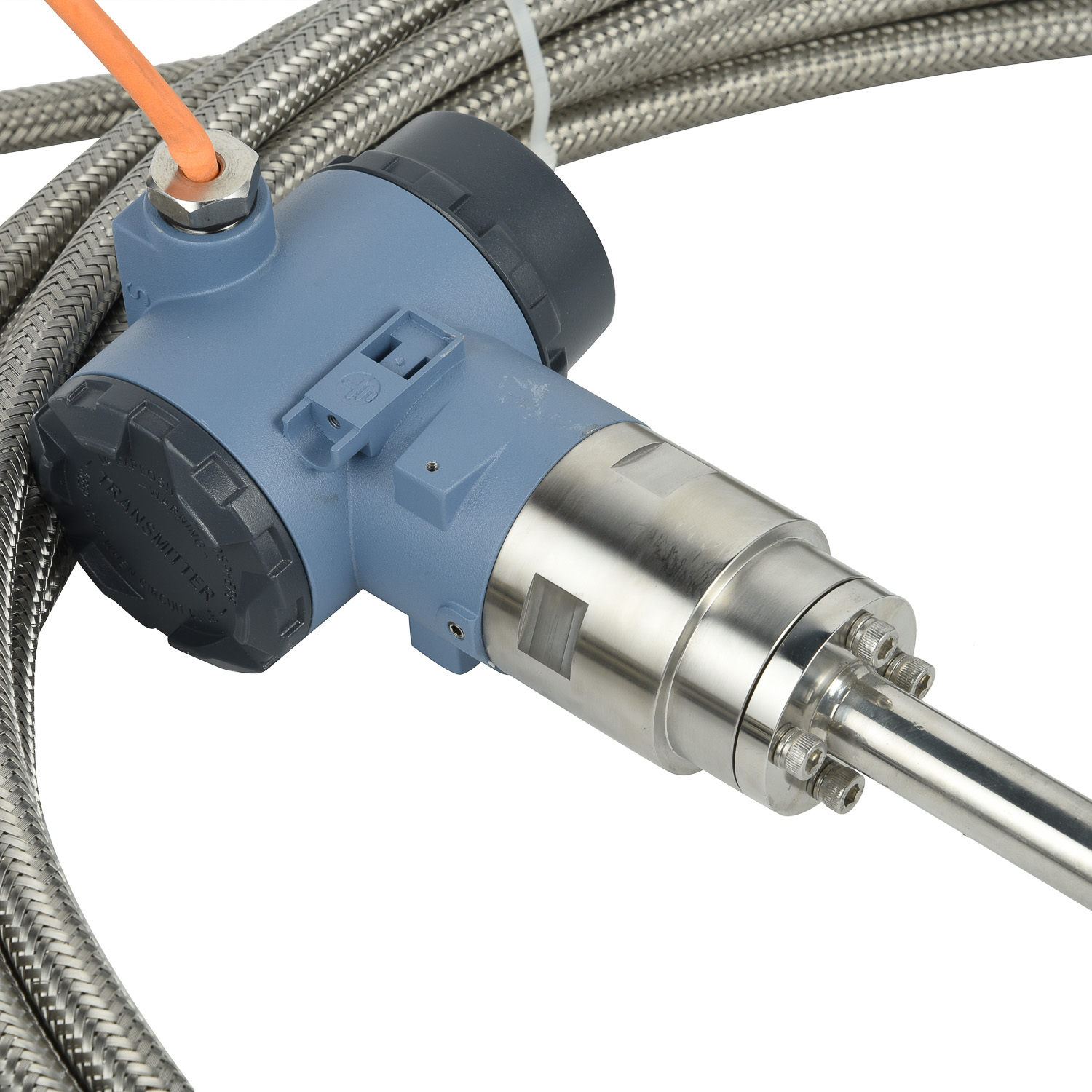 MagnetostrictiveLevelSensorfor
MagnetostrictiveLevelSensorfor
